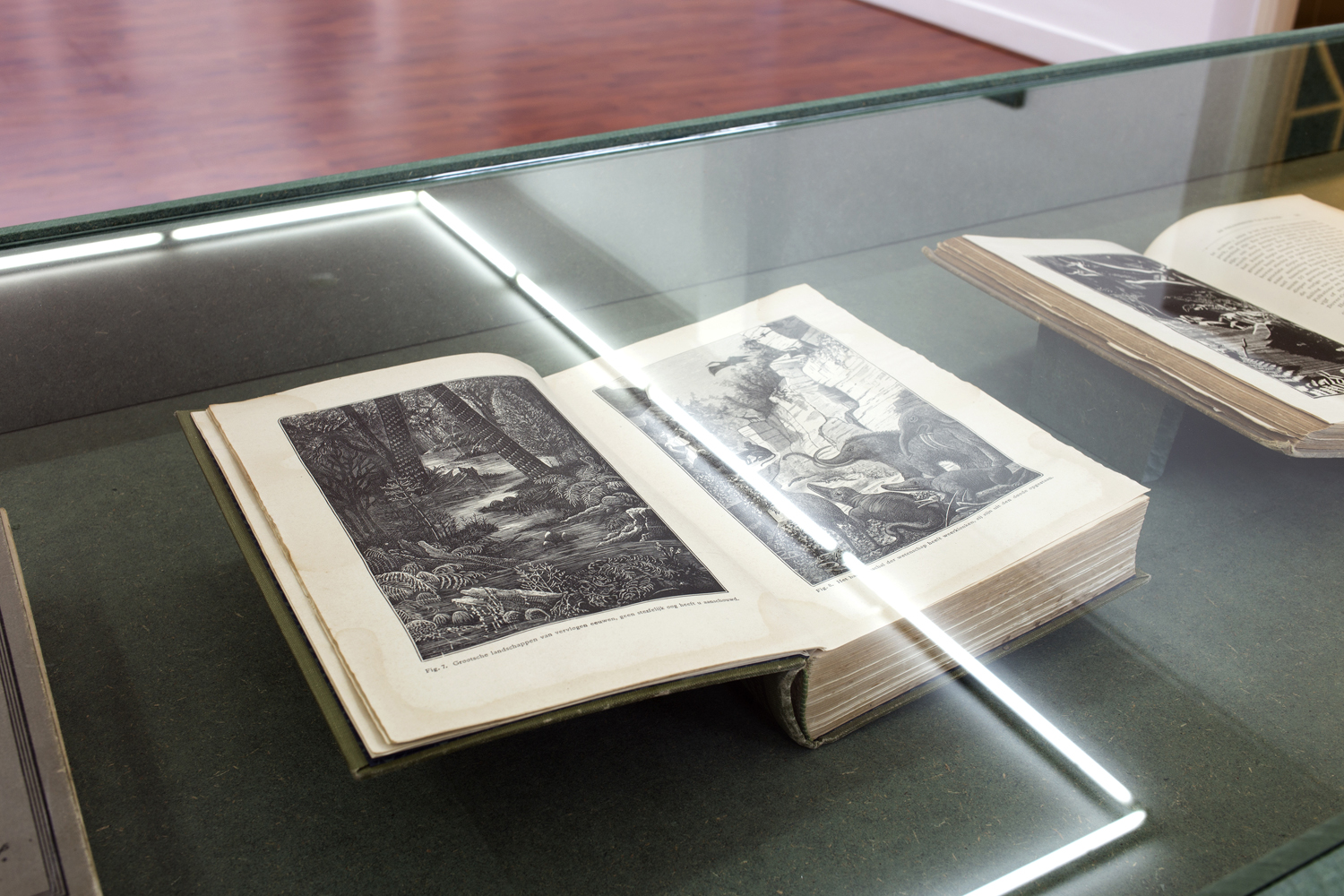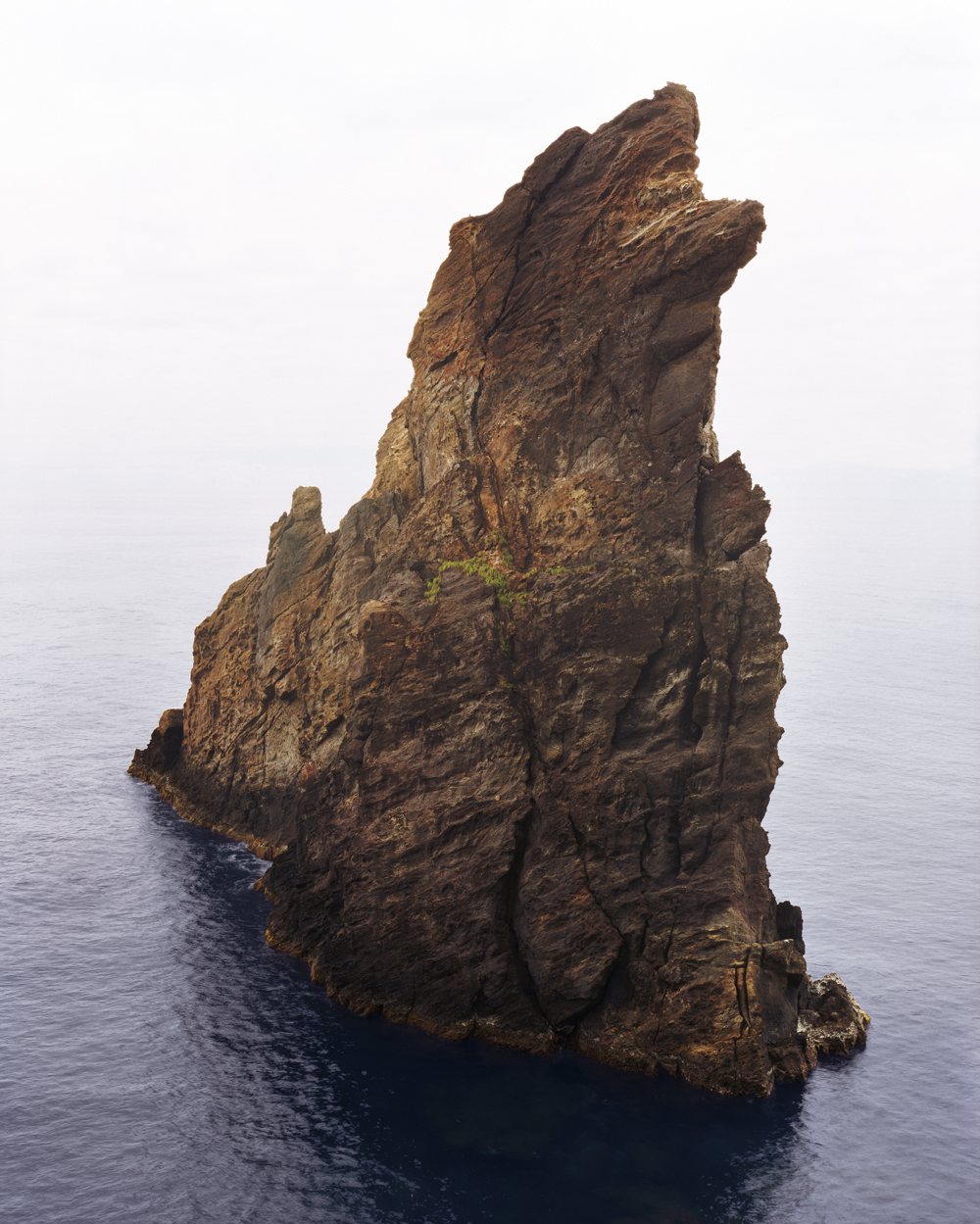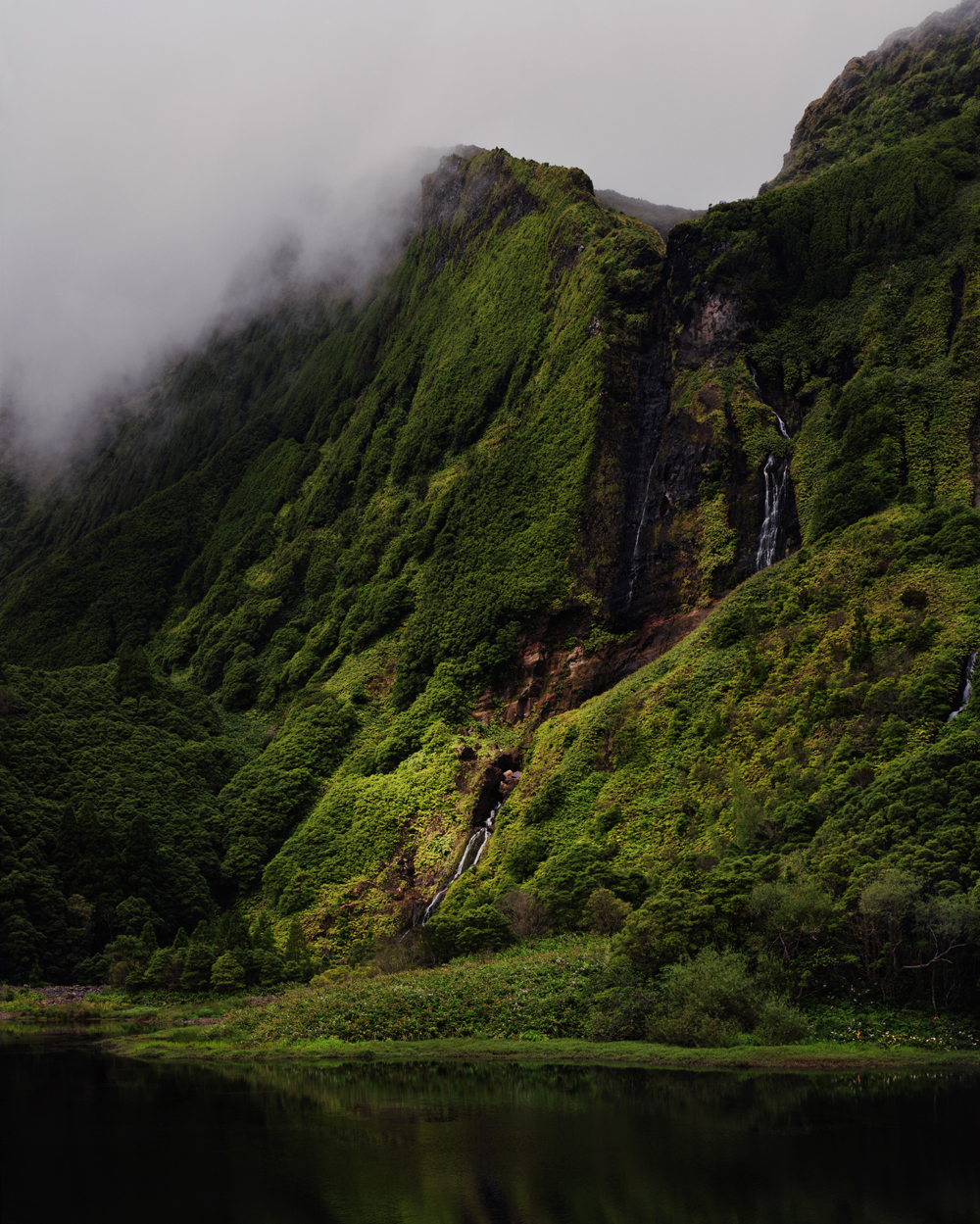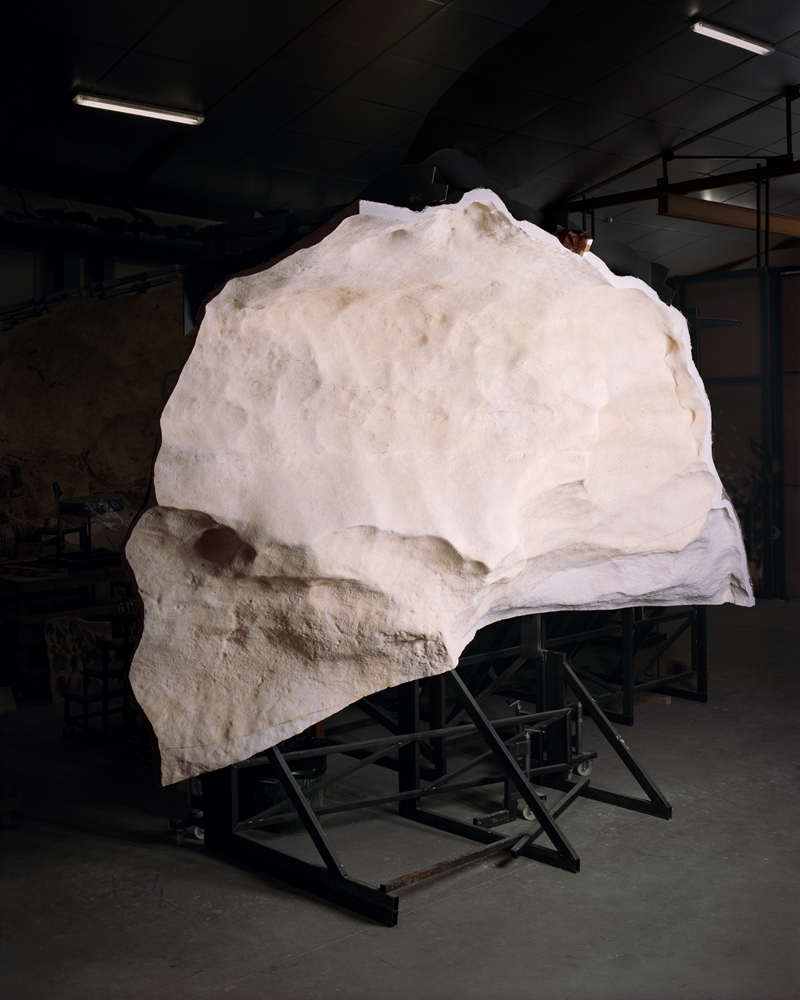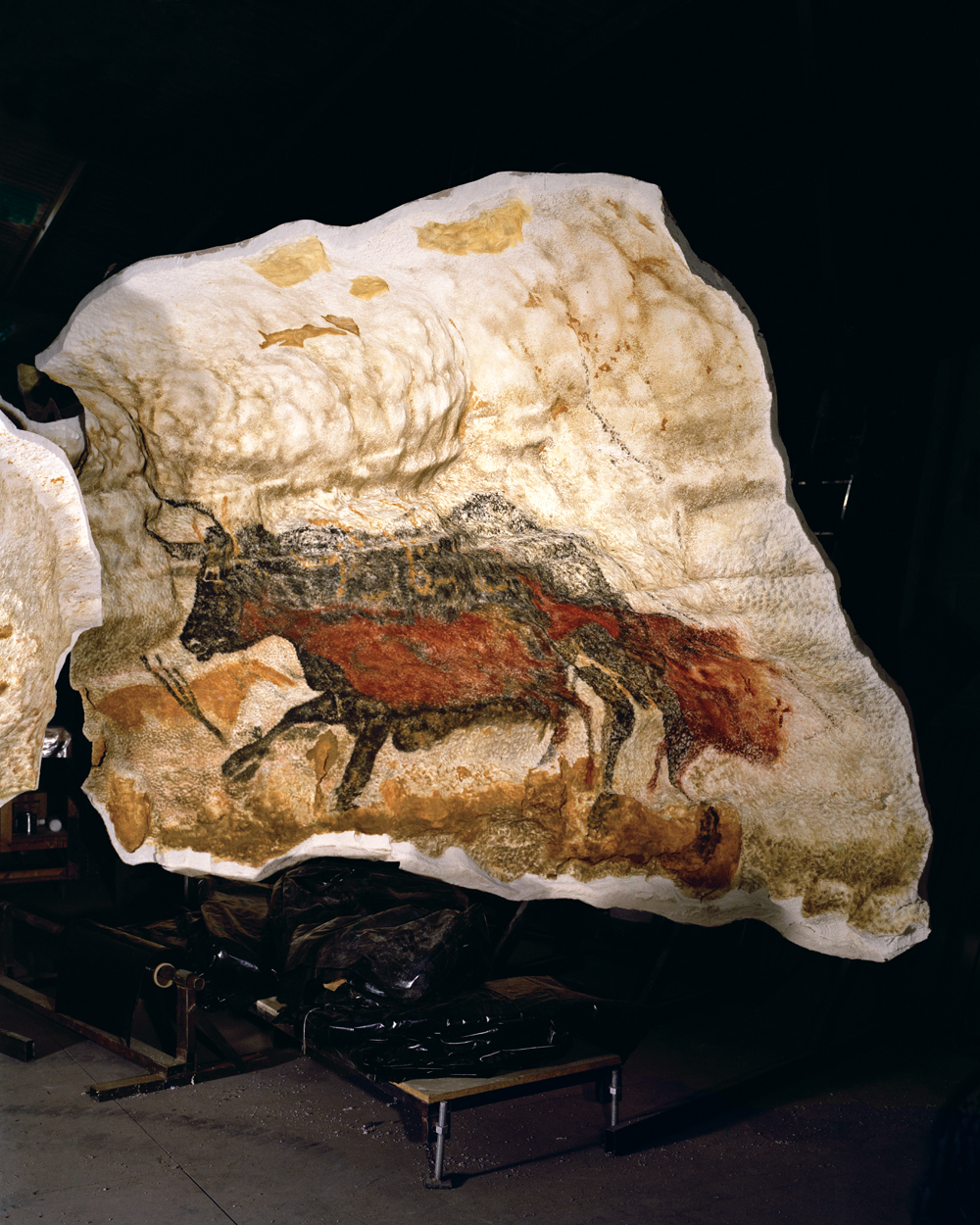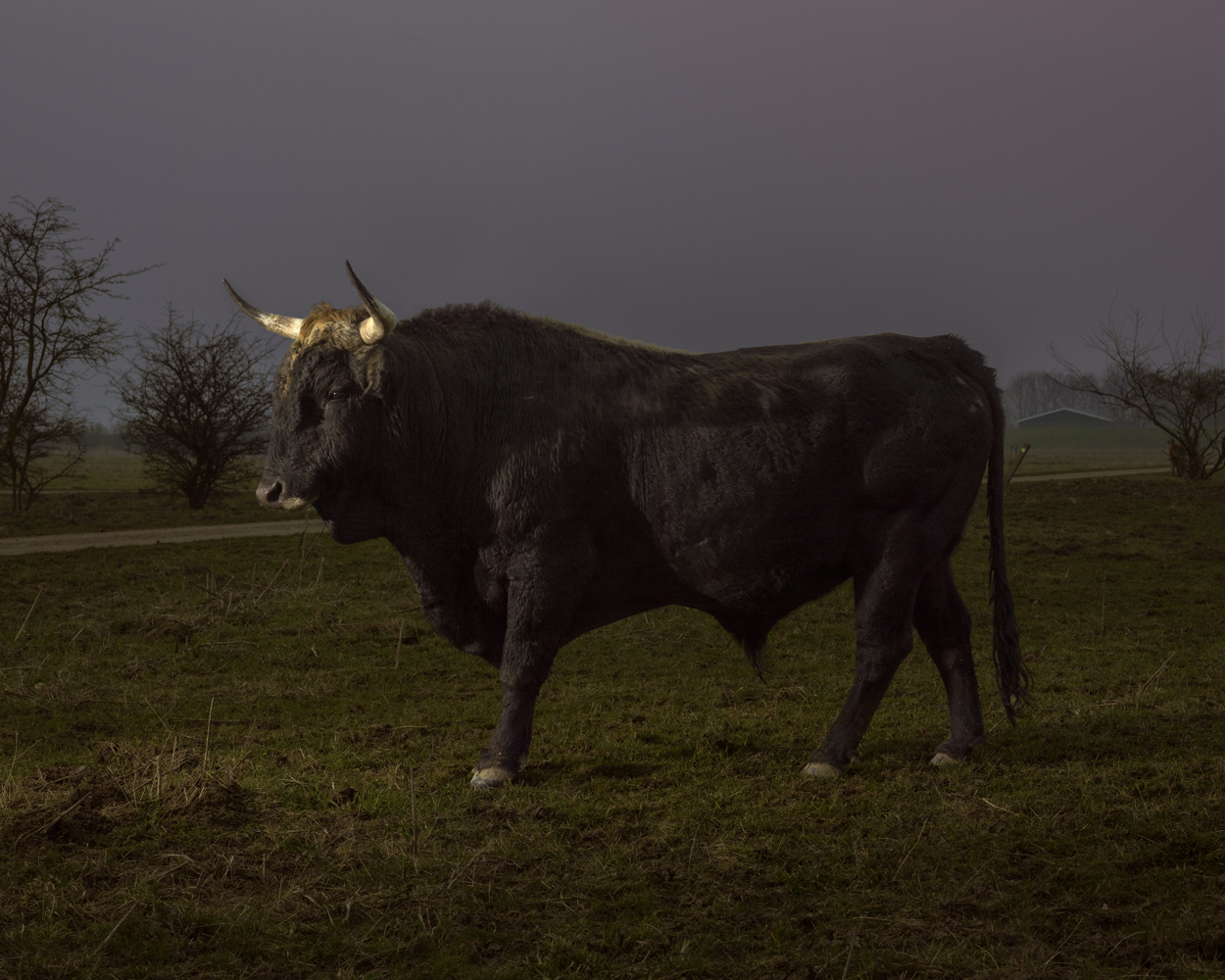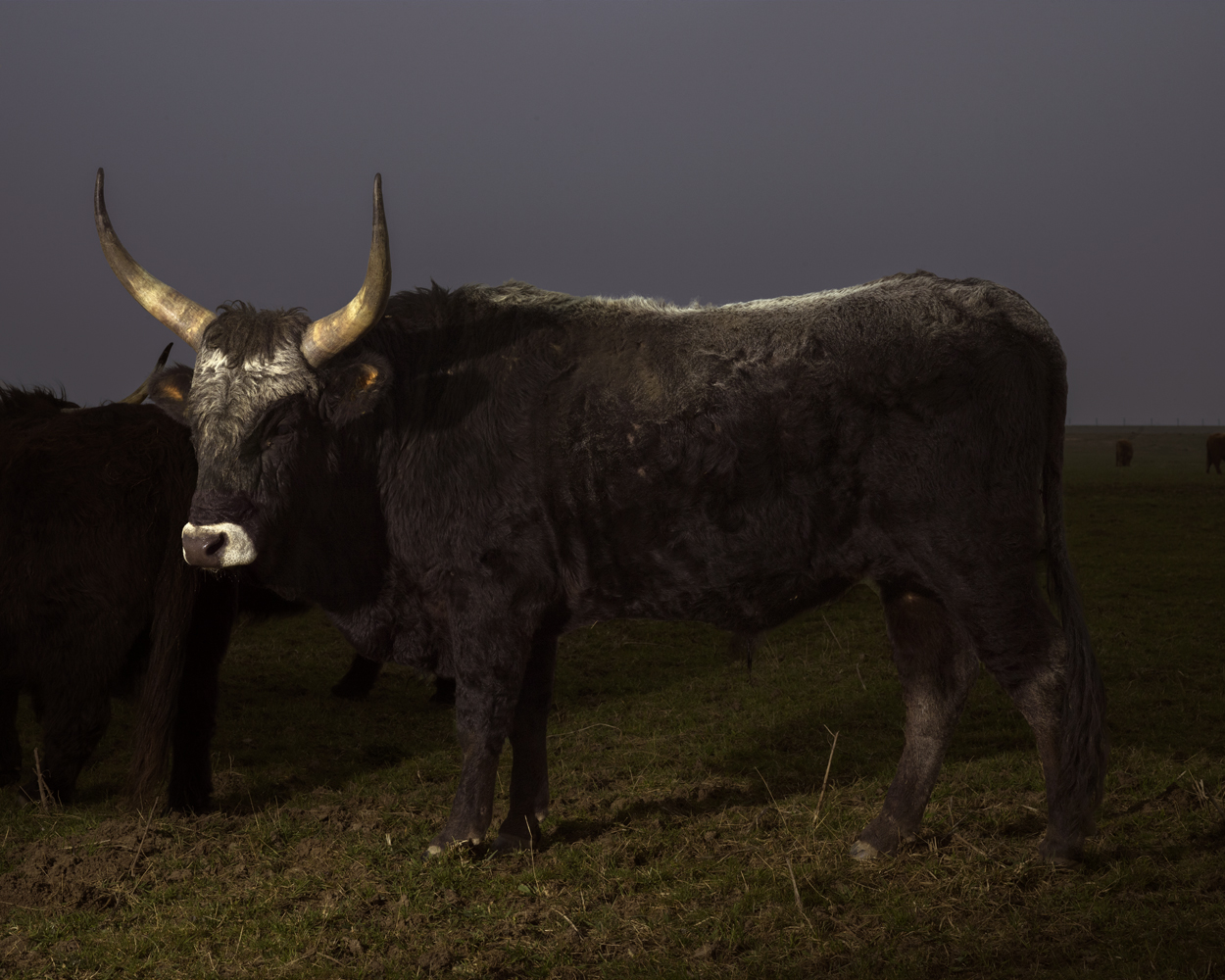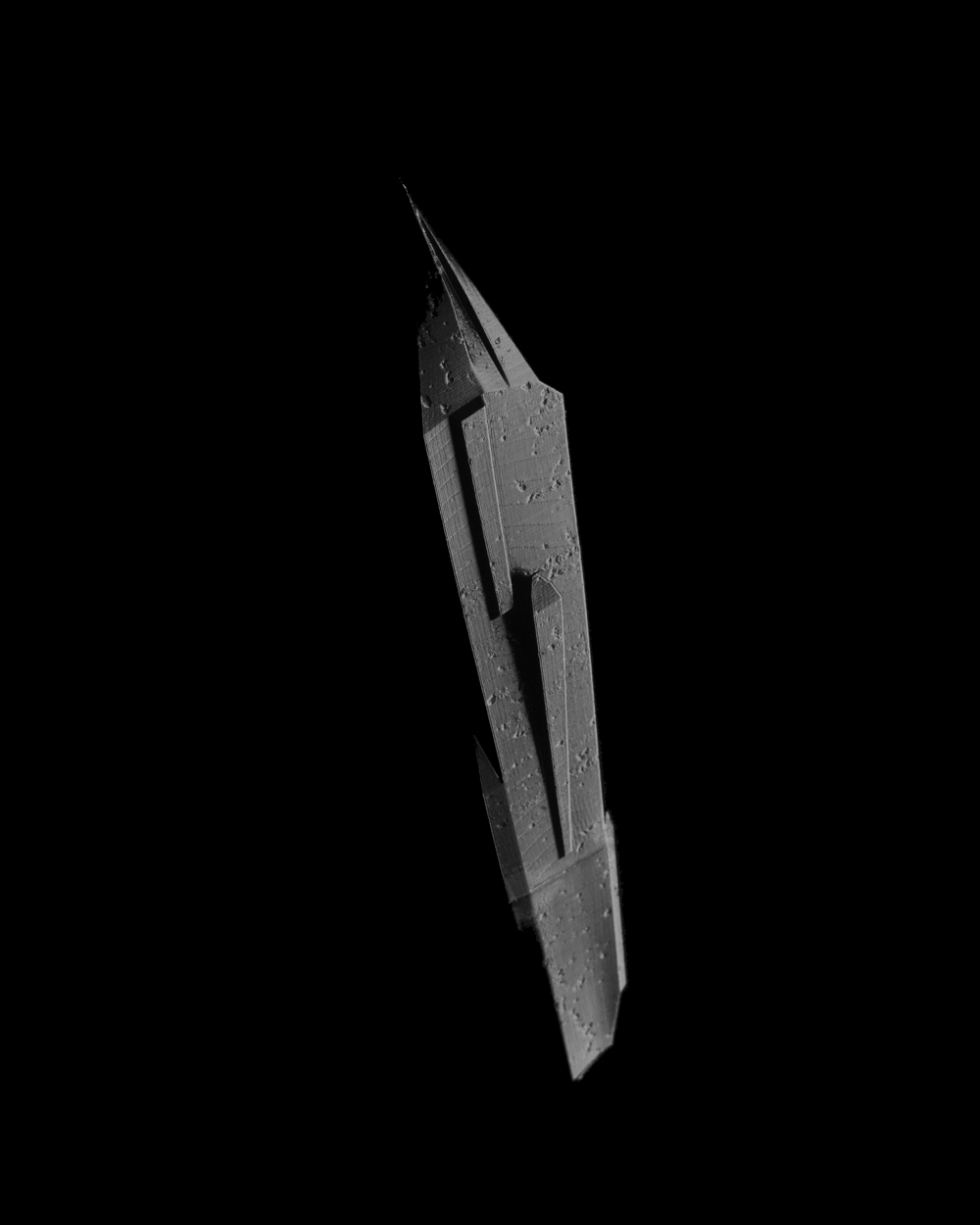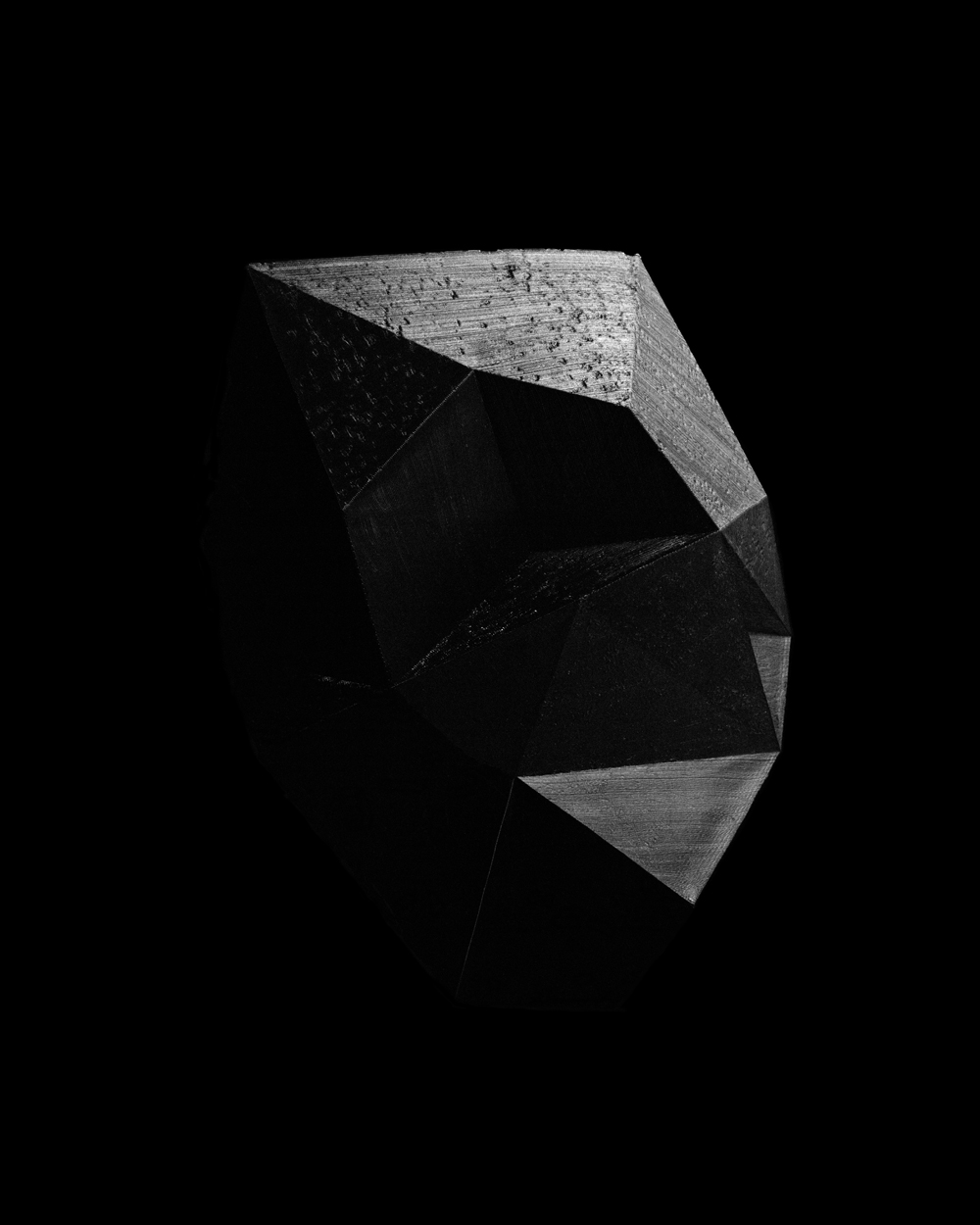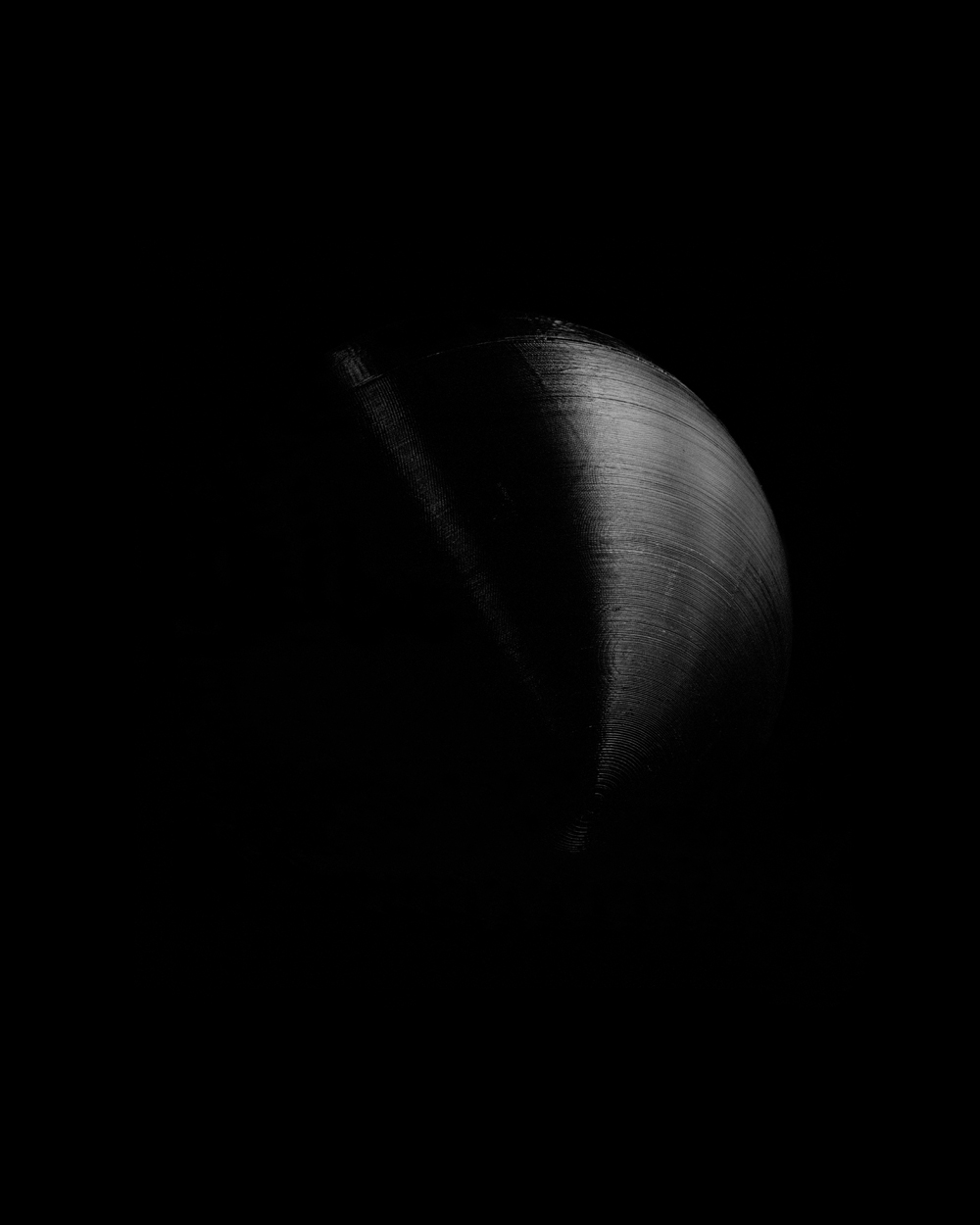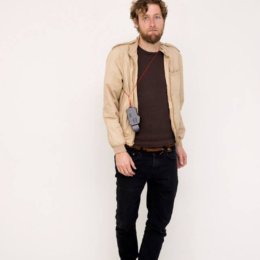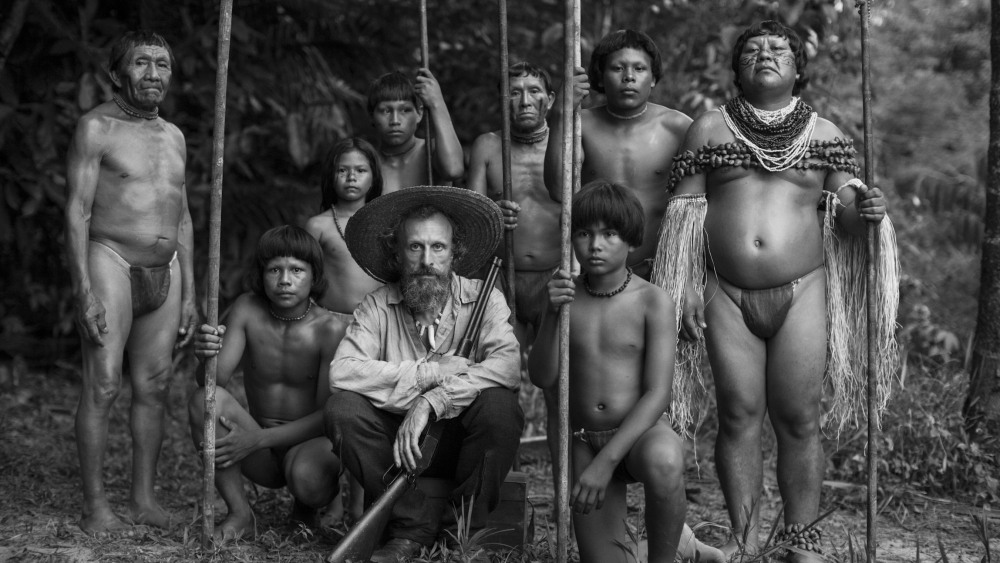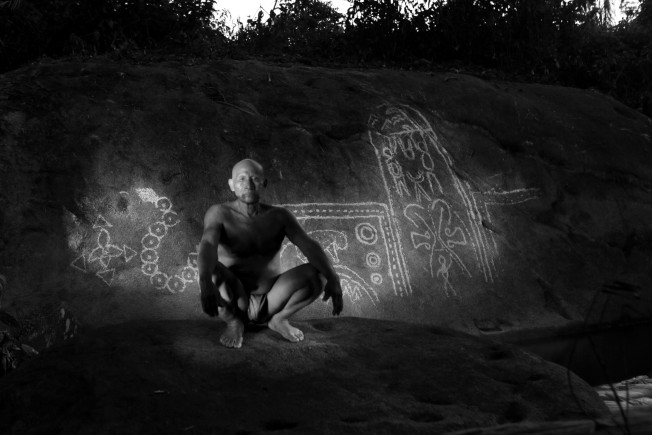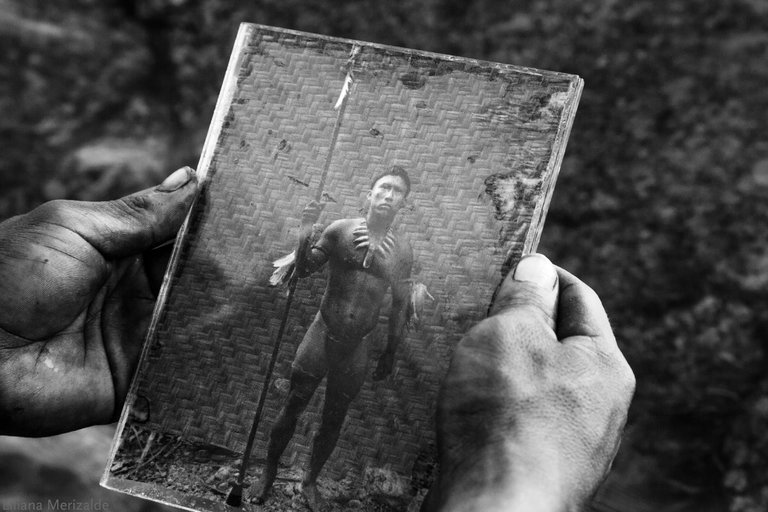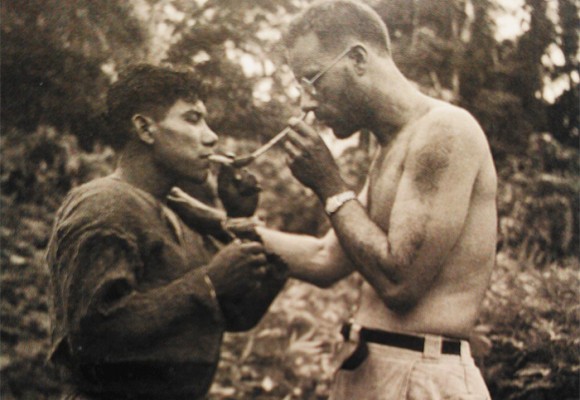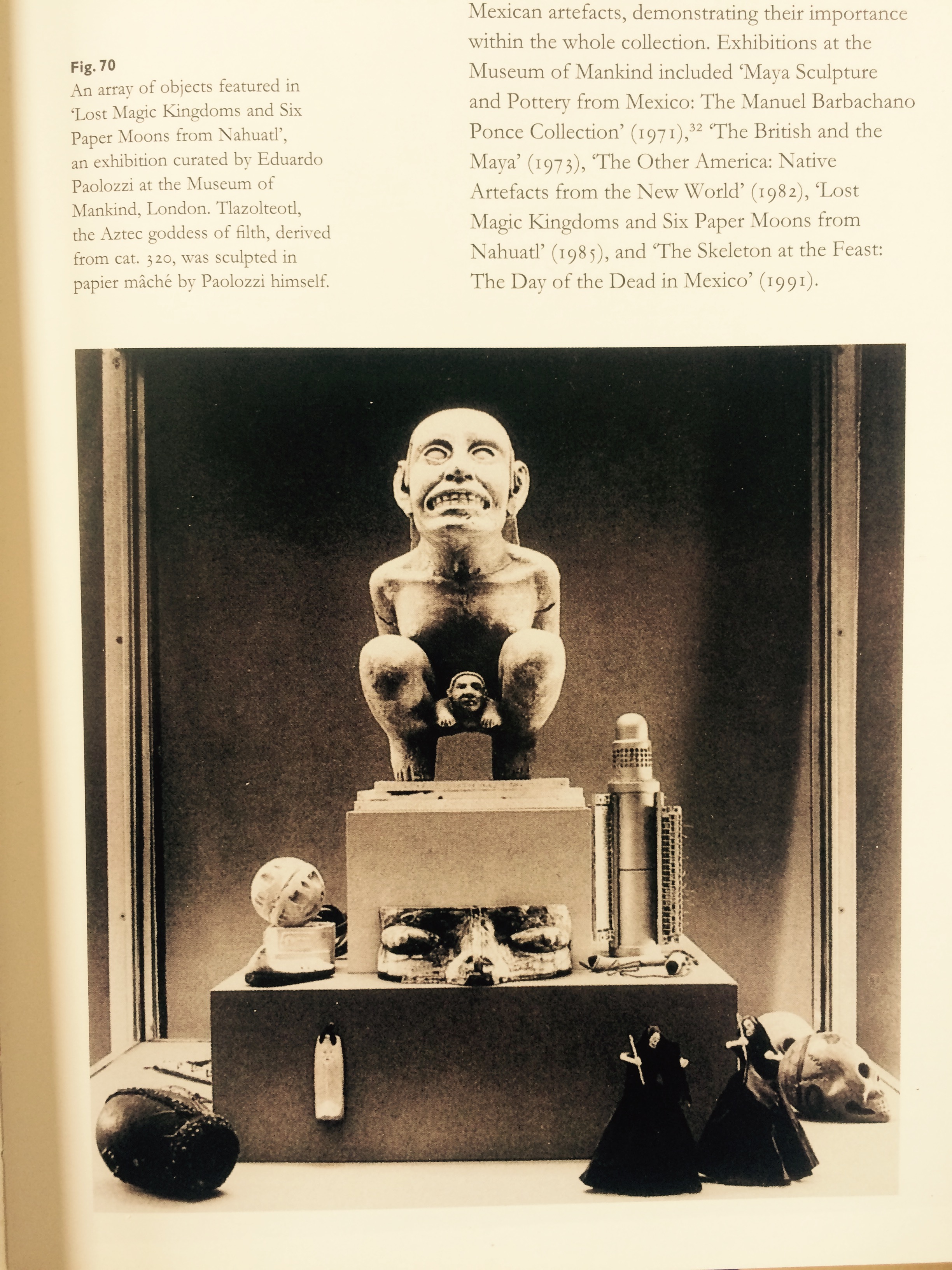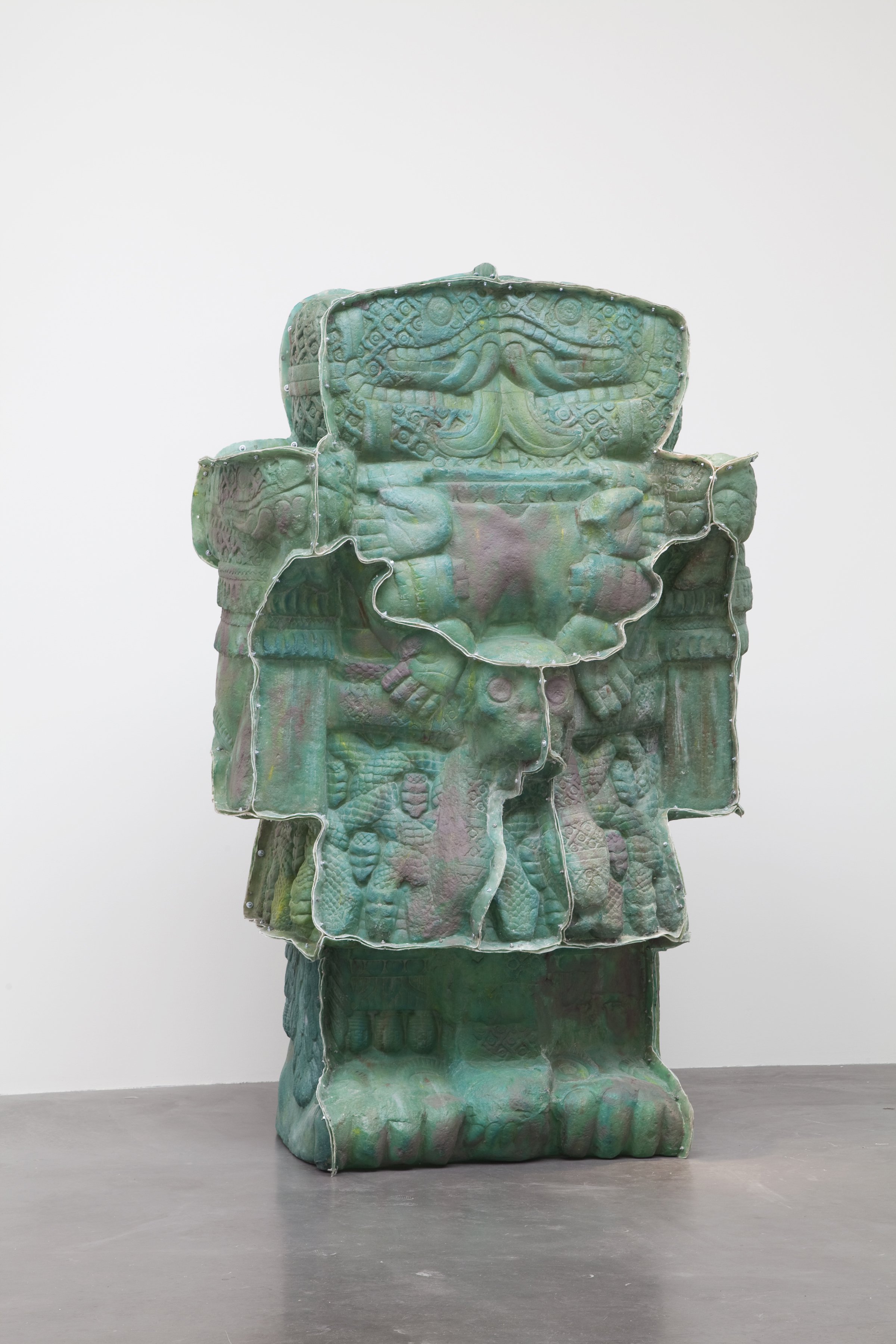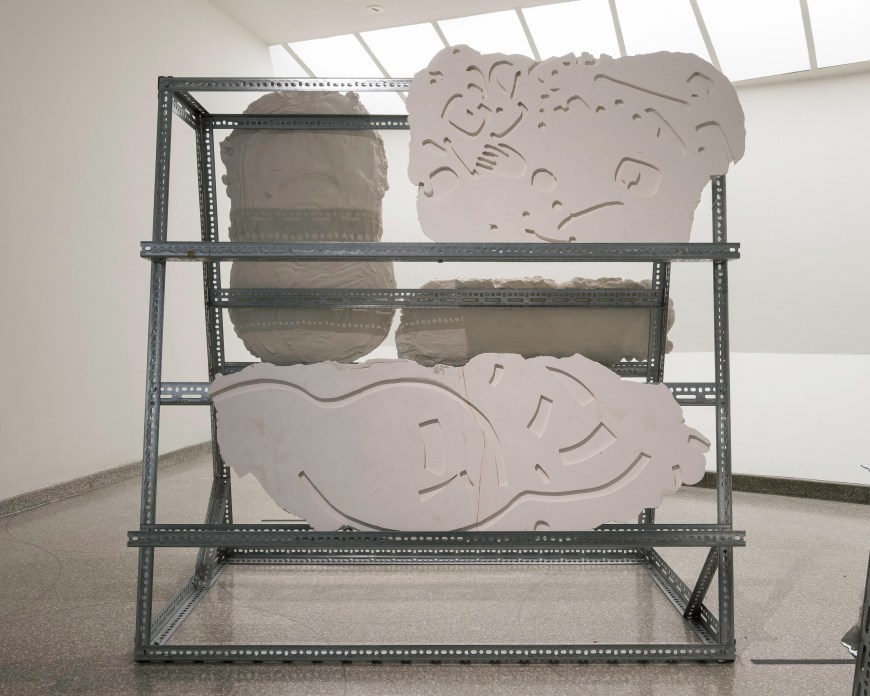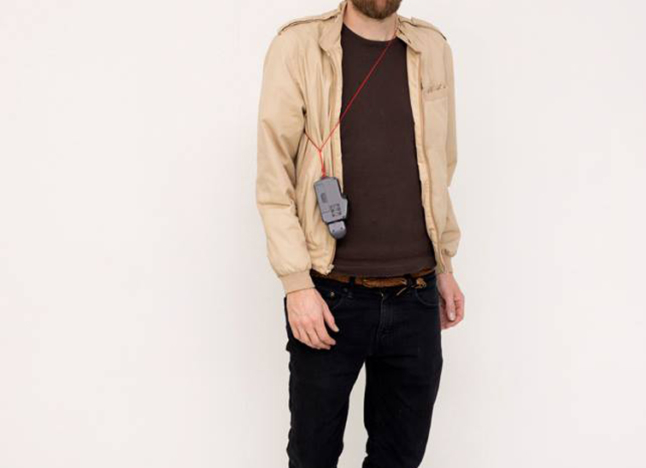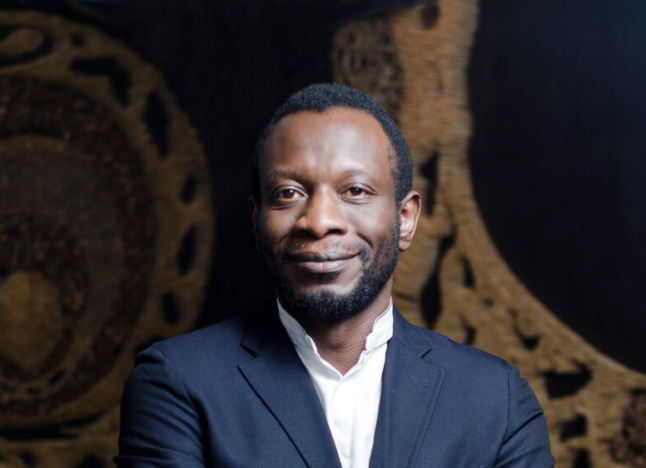Davide Meneghello
Artist Feature
Every week an artist is featured whose single image was published by Der Greif. The Feature shows the image in the original context of the series.
Daan Paans - Rhinoceros
Apr 11, 2018
When Albrecht Dürer produced a woodcarving of a rhinoceros five hundred years ago he could never have imagined that it would be cause for the lively debate about the odds at which fact and fiction are now related. Dürer relied exclusively on a handful of written descriptions and one sketch by an unknown artist to produce this print. At that time no one doubted the apparent accuracy with which Dürer depicted this exotic species.
In the following century this quasi-documentary image became increasingly popular and would eventually have quite an impact within the arts. Subsequently, this early example of a seemingly realistic representation that is in fact resignedly based on speculation became a lasting part of our visual memory.
Visual artist Daan Paans explores these blind spots in our visual historiography: with the inquisitive mind of a scientist, he aims to undo the distorting mechanisms of image making. He does this by producing ‘counter-images’ in response to images from the past, present and future with which he implicitly discloses the contradictory nature in which the original images present themselves.
For the work Rhinoceros, Paans photographed hypothetical archetypes from the natural, scientific, and science-fiction world. One by one Paans meticulously modelled each of these photographs from the striking representations that had coloured our perception at the time (in the past), that nowadays colour our perception (in the present), and will soon colour our perception (in the future).
The three case studies in this exhibition represent each of these timeframes and include the following topics respectively: a pristine rainforest with fauna from a bygone age (modelled after a 19thcentury engraving showing the earth before mankind), the resurrection of aurochs in contemporary times (referring to the extinct aurochs depicted in the cave paintings of Lascaux) and a 3D study of the form of a meteorite as an artefact (derived from visions of the future in science fiction films).
Through these complex, layered links between perception, time, fiction and science, Paans’ photographs dizzily dance circles around one another.
Artist Blog
The blog of Der Greif is written entirely by the artists who have been invited to doing an Artist-Feature. Every week, we have a different author.
Published in:
»Guest-Room Azu Nwagbogu«
Embrace of the serpent
Apr 17, 2018 - Daan Paans
Since i’m starting to experiment with moving images, i got interested in narratives used in films.
One of the movies that really inspired me is ‘Embrace of the serpent’ by Ciro Guerra.
The film tells two stories thirty years apart, both featuring Karamakate, an Amazonian shaman and last survivor of his tribe. He travels with two scientists, firstly with German Theo von Martius in 1909 and American named Evan in 1940, to look for the rare yakruna, a (fictional) sacred plant.
The movie links two historical stories that are not connected per-se. Fact and fiction are interchanged and come at odds with one another. By linking these two stories a transhistorical point of view is taken. This working method perfectly links to my own practice.
Mariana Castillo Deball / Eduardo Paolozzi
Apr 14, 2018 - Daan Paans
Mariana Castillo Deball explores the role objects play in our understanding of identity and history. She uses installation, sculpture, photography and drawing.
Engaging in prolonged periods of research and field work, she takes on the role of the explorer or the archeologist, compiling found materials in a way that reveals new connections and meanings.
I discovered her work when i did my research for the Tlazolteotl project. I was looking for other versions of the Tlazolteotl sculpture. In my research i stumbled upon the work of Eduardo Paolozzi. He created An exhibition for the Museum of Mankind; Lost Magic Kingdoms and Six Paper Moons.
Paolozzi presented “leftover” artifacts from the British Museum’s ethnographic collection, among them papier-mâché molds made by nineteenth-century archaeologist Alfred Maudslay
This exhibition included a Tlazolteotl sculpture in papier-mâché.
Deball reacted on this exhibition. Struck by these “ghost objects,” the artist has made what might be thought of as artificial fossils that embody both Maudslay’s casts and their influence on Paolozzi’s sculpture.
Deball’s works are very much connected to my new project, and she became a source of inspiration for me.
Tlazolteotl -work in progress-
Apr 12, 2018 - Daan Paans
At the moment I’m preparing a trip to Mexico to finalize my new project Tlazolteotl. Since i have only a few weeks left before i go, the pre-production really is the only thing on my mind right now. Therefor it makes most sense to start my blog posts with a description of what i’m working on right now.
A quote of George Kubler, pretty much describes the essence of my project.
“Everything made now is either a replica or a variant of something made a little time ago and so on back without break to the first morning of human time.”
Influenced by differences in interpretation, caused by cultural conditioning, ideologies, commerce, tastes or technologies, through time artefacts can significantly morph from their original source. This phenomenon can distort and colour our collective memory and vision of the world in.
Through my project I plan to investigate how, and under the influence of which factors, these distortions and significant shifts in meaning come about in the way we interpret the past, but also how the past presents itself to us.
To do this i researched a case study of an artefact that morphed significantly through time; the original source is a drawing of Tlazolteotl in the Aztec Codex Borbonicus.
The goddess is depicted as she gives birth to a child. Remarkably, her child is born wearing a headdress identical to the one she has on herself. The statues two pairs of hands, of the goddess and her half-born child, are directed both upwards and downwards, this is generally believed to symbolise the cycle of life.
In the opening scene of the movie Indiana Jones – Raiders of the Lost Ark the fictional archaeologist Indiana Jones manages to obtain the ‘Golden Idol’ from a temple hidden deep in the jungles of Peru. The magical film prop was supposedly based on a pre-Columbian scapolite figurine – the Dumbarton Oaks’ Birthing figure – representing the Aztec goddess Tlazolteotl as well.
The golden film prop from Indiana Jones doesn’t resemble the drawing, and yet we talk about the same goddess. Allegedly, the drawing was used to model the aforementioned scapolieten ‘Dumbarton Oaks Birthing figure’. In this museum artefact the symbolism of the two pairs of hands has been lost, the headdress of both mother and child are missing, and there is a very pronounced grimace on the face of the goddess. Research has recently brought to light that particular cutting techniques were used to make this 19th century version of the figurine.
In the case of Spielberg’s Golden Idol, this ‘falsification of history’ is reinforced by a western take; within Aztec culture, any version made from gold would be seen as equal to ‘excrement from the gods’.
Thanks to the film, the Tlazolteotl statue has become immensely popular. In connection with the iconic character the figurine obtained, Chinese mass replicas of the film prop appeared on the market – one of which I bought myself.
This object is the trivial starting point for a research in the form of a chain letter-like enquiry.
I commissioned several craftsmen from several cultural backgrounds on several locations to replicate the sculpture based on a photo that i send. The sculpture is now reproduced in China (plastics), Mexico (ceramics), Italy(marble), Greece(bronze), Uganda(wood) and The Netherlands(3d render/PLA).
With the last sculpture in the chain I’m planning to go to Mexico, to revalue the morphed Tlazolteotl by Nahua people. This should result in a monologue in Nuatl language combined with cinematographic images of the area.
In the image section i will show some work in progress and research material. The final images, video and sculptures will be on show later this year….


